When was the last time you thought about the air you breathe indoors? With the pandemic highlighting the importance of air quality, many homeowners are now considering upgrades to their systems. But here’s the question: Are you fully aware of the benefits and challenges involved?
Upgrading your home’s system isn’t just about staying comfortable. It’s about improving energy efficiency, reducing long-term expenses, and ensuring cleaner air for your family. However, without proper planning, you might face unexpected hurdles or overspend on your project.
This guide is here to help you navigate the process with confidence. Whether you’re looking to enhance performance or meet modern standards, understanding the details can make all the difference. Let’s explore how to make informed decisions tailored to your home’s unique needs.
Key Takeaways
- Upgrading your system can improve air quality and energy efficiency.
- Proper planning helps avoid unexpected challenges and costs.
- Energy-efficient systems can lead to significant long-term savings.
- Tailoring upgrades to your home ensures optimal performance.
- Understanding the process makes the investment more manageable.
Introduction: Discovering Your HVAC Upgrade Challenges
Have you ever walked into a room and noticed the air felt stale or uneven? This is a common issue many homeowners face, especially in older properties. Upgrading your system can solve these problems, but the process isn’t always straightforward. From estimating expenses to navigating contractor recommendations, there’s a lot to consider.
The pandemic has made us more aware of the importance of clean, consistent air indoors. Older buildings, in particular, often struggle with poor ventilation and outdated units. These challenges can make the upgrade process feel overwhelming. But with the right information, you can tackle these hurdles head-on.
Identifying Common Estimation Hurdles
One of the biggest challenges is accurately estimating the costs involved. Factors like the size of your property, the age of your building, and specific air quality needs can all impact the final price. For example, older homes may require additional electrical upgrades to support modern systems.
Contractors often face unique challenges during installations, such as working with outdated ductwork or customizing solutions for historic buildings. These complexities can lead to unexpected expenses if not planned for in advance.
Your Unique Property Considerations
Every home is different, and your upgrade needs will depend on several factors. Here’s a quick comparison of key considerations:
| Factor | Impact on Upgrade |
|---|---|
| Property Size | Larger homes may require more powerful units. |
| Building Age | Older structures often need electrical and ductwork updates. |
| Air Quality Needs | Homes with allergies or asthma may need advanced filtration. |
| Energy Efficiency Goals | Upgrading to ENERGY STAR-certified systems can save 10-30% on bills. |
Understanding these factors can help you make informed decisions. In the next section, we’ll break down the process step by step to make your upgrade journey smoother.
HVAC Retrofit Cost Estimation Guide: A Proven Approach
Upgrading your system doesn’t have to be a guessing game. With a clear plan, you can avoid surprises and make the process smoother. Let’s walk through a proven approach to estimating your upgrade investment.
Start by evaluating your current system’s type. Different systems, like central air or ductless units, come with unique challenges and costs. For example, older homes may need updates to their ductwork, which can add to the overall expense.
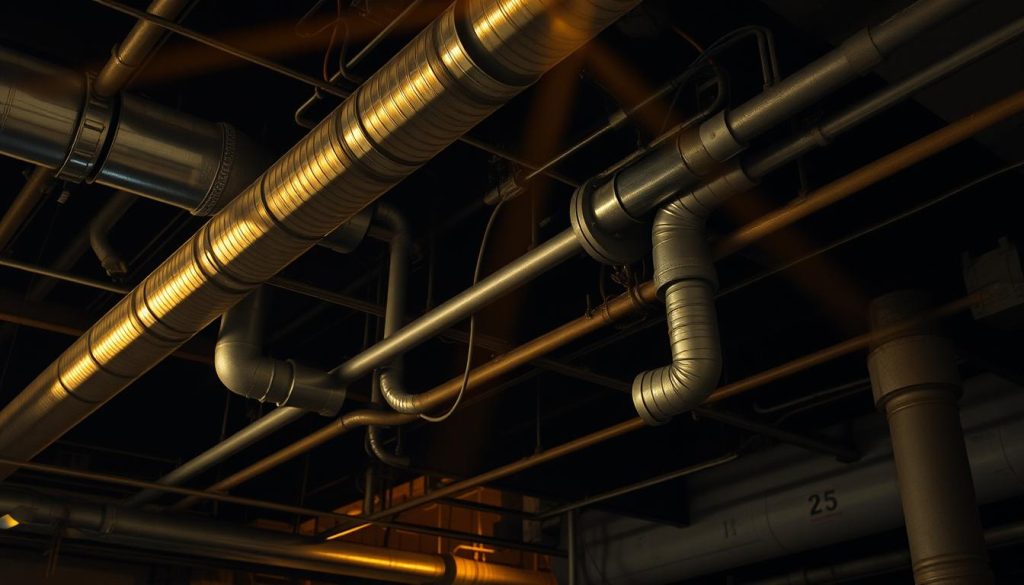
Next, consider labor costs. Skilled technicians are essential for a seamless installation, but their rates can vary. If your property has complex layouts or outdated infrastructure, expect higher labor expenses. Always get multiple quotes to ensure you’re getting fair pricing.
Don’t overlook efficiency factors. Modern systems with higher efficiency ratings may cost more upfront but can save you money in the long run. Look for ENERGY STAR-certified options, which can reduce your energy bills by 10-30%.
Finally, account for extra factors like support services or unexpected repairs. For instance, sealing duct leaks can improve performance and save energy, but it’s often an additional cost. By planning for these details, you’ll avoid budget overruns.
Here’s a quick breakdown of what to consider:
- System type: Central air, ductless, or hybrid.
- Labor: Complexity of installation and technician rates.
- Ductwork: Condition and need for updates.
- Efficiency: ENERGY STAR ratings and long-term savings.
- Extra factors: Support services, repairs, and maintenance.
By following this approach, you’ll feel confident and prepared for your upgrade. It’s not just about the numbers—it’s about creating a comfortable, efficient home for you and your family.
Breaking Down Key Cost Components
Ever wondered what goes into the price tag of a modern air conditioning system? Upgrading your home’s system involves several key expenses. Understanding these costs can help you plan better and avoid surprises.
First, consider the equipment. A new unit can range from $3,000 to $7,000, depending on its capacity and efficiency. If your home needs updated ductwork, that’s another $1,500 to $3,000. These are just the basics—additional features like advanced filtration or smart controls can add to the bill.
Timing also plays a role. Labor costs can vary based on the time of year. For example, contractors are often busier in summer, which can drive up prices. Choosing the right option for your home is crucial. A ductless system might save you money if your property lacks existing ductwork.
Here’s a quick look at the major cost components:
- Equipment: $3,000 to $7,000 for a new unit.
- Ductwork: $1,500 to $3,000 for updates.
- Labor: $50 to $150 per hour, depending on complexity.
- Extras: Filtration, controls, and other upgrades.
Pricing trends can shift from year to year. For instance, labor costs have risen by about 5% annually in recent years. Staying informed helps you budget accurately. Think of your home’s system like the human respiratory system—every part needs to work together for optimal performance.
By breaking down these costs, you’ll have a clearer picture of your upgrade investment. It’s not just about the upfront bill—it’s about creating a comfortable, efficient home for years to come.
Energy Efficiency, Savings, and Long-Term Value
Thinking about your home’s energy use? It’s time to explore long-term savings. Upgrading your system isn’t just about the initial expense—it’s about creating a more comfortable and efficient living space for years to come.
Investing in energy efficiency can feel like planting a garden. At first, it requires effort and resources, but over time, it blossoms into something that benefits you every day. For example, a heat pump can reduce your energy bills by up to 50%, making it a smart choice for your home.
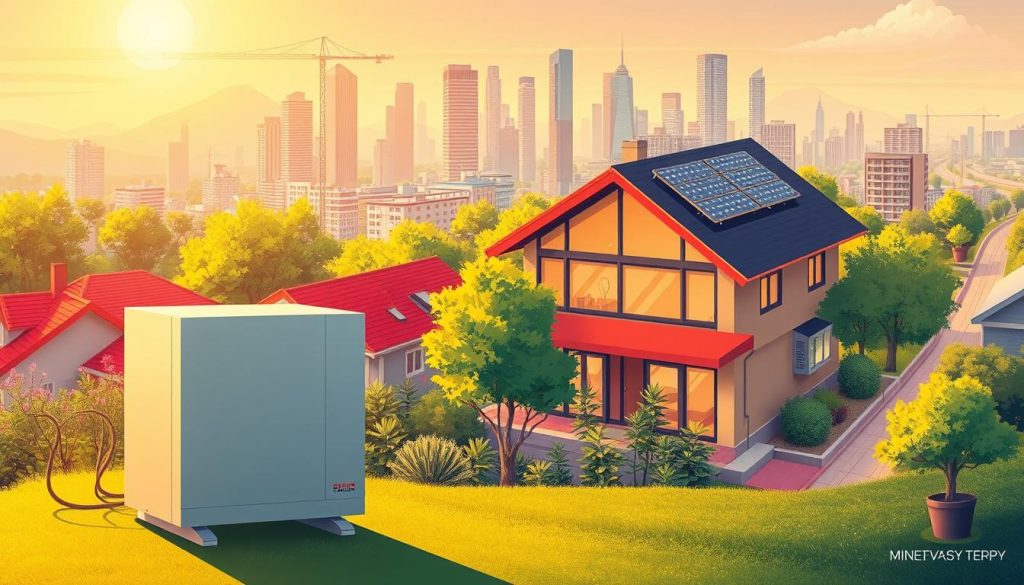
- Advanced systems: Modern units like heat pumps offer higher efficiency and lower operating costs.
- Utility savings: Research shows energy-efficient upgrades can cut your bills by 20% or more annually.
- Indoor comfort: Improved systems provide consistent temperatures and better air quality.
Consider the lifecycle costs of your project. While a new HVAC system might seem expensive initially, the savings over its lifespan often outweigh the investment. For instance, upgrading to an ENERGY STAR-certified unit can save you $500 or more each year.
Think of it as an investment in your home’s future. Just like a well-tended garden, the benefits grow over time, offering both comfort and financial rewards.
Step-by-Step Process for Accurate HVAC Estimation
Accurately estimating your upgrade doesn’t have to feel overwhelming. With a clear, step-by-step approach, you can break down the process into manageable tasks. Here’s how to ensure your estimate is both precise and practical.
Start by reviewing your property’s blueprints. This helps you understand the layout and identify potential challenges, like outdated ductwork or space constraints. Next, perform a quantity takeoff, listing all materials needed for the project. This includes everything from the hvac unit to smaller components like filters and thermostats.
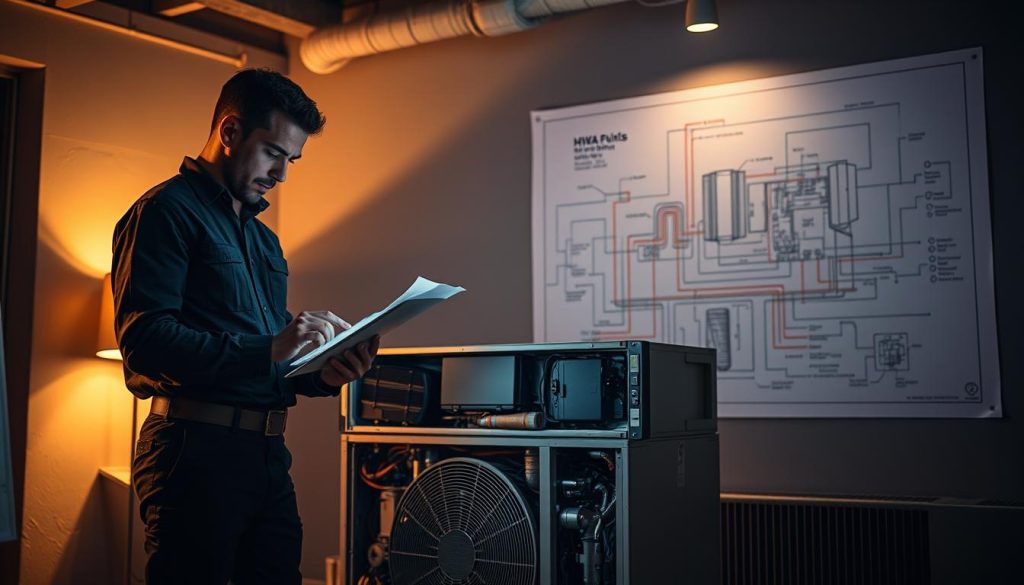
Once you’ve listed materials, calculate their price points. For example, a new pump might cost between $500 and $1,500, depending on its efficiency rating. Don’t forget to factor in labor costs, which can range from $50 to $150 per hour based on your location and the complexity of the hvac installation.
To streamline calculations, consider using estimation software. Tools like ServiceTitan can help you generate detailed estimates, manage job changes, and even schedule work orders. These platforms ensure accuracy and save time, making the process smoother for both you and your contractor.
Here’s a quick checklist to keep you on track:
- Review blueprints and identify challenges.
- List all materials and calculate their price.
- Factor in labor costs based on your location.
- Use estimation software for precision and efficiency.
- Verify each step to avoid oversights.
Finally, plan for contingencies. Unexpected issues, like electrical upgrades or permit fees, can add to your budget. By preparing for these possibilities, you’ll ensure your estimate aligns with your financial goals. With this approach, you’ll feel confident and ready to tackle your upgrade project.
Embracing Industry Trends and Data-Driven Insights
What’s driving the changes in how we approach home upgrades? The answer lies in evolving industry trends and the growing role of data. From advanced technologies to shifting labor costs, understanding these factors can help you make smarter decisions for your home.
One key trend is the rise of energy-efficient systems. For example, heat pumps are becoming increasingly popular, with global installations expected to triple by 2030. This shift isn’t just about comfort—it’s about reducing carbon emissions and saving on energy bills.

Another factor is the impact of project size and brand choices. Larger homes often require more powerful units, which can increase both equipment and labor cost. Similarly, opting for a trusted brand might mean higher upfront expenses but lower long-term maintenance costs.
Technology is also transforming the way hvac contractors work. Advanced software tools, like ServiceTitan, streamline the estimation process, ensuring accuracy and efficiency. These platforms allow contractors to manage job changes, schedule work orders, and provide detailed examples of cost breakdowns.
Regulatory guidelines play a crucial role too. Following local codes not only ensures safety but also protects you from unexpected expenses. For instance, some areas require specific efficiency standards, which can influence your choice of equipment and labor cost.
Adopting a data-driven mindset is like following a well-prepared recipe. It balances quality and cost, ensuring your project stays on track. By staying informed about industry trends and leveraging technology, you can make confident decisions that benefit your home for years to come.
Practical Tips for Homeowners and Facility Managers
Are you ready to take control of your home’s comfort and efficiency? Upgrading your system can feel daunting, but with the right approach, you can make informed decisions that fit your needs and budget. Here’s how to get started.
First, assess your requirements. Consider factors like the size of your property, your air quality goals, and energy efficiency preferences. For example, a higher rating system might cost more upfront but save you money in the long run. Write down your priorities to guide your choices.
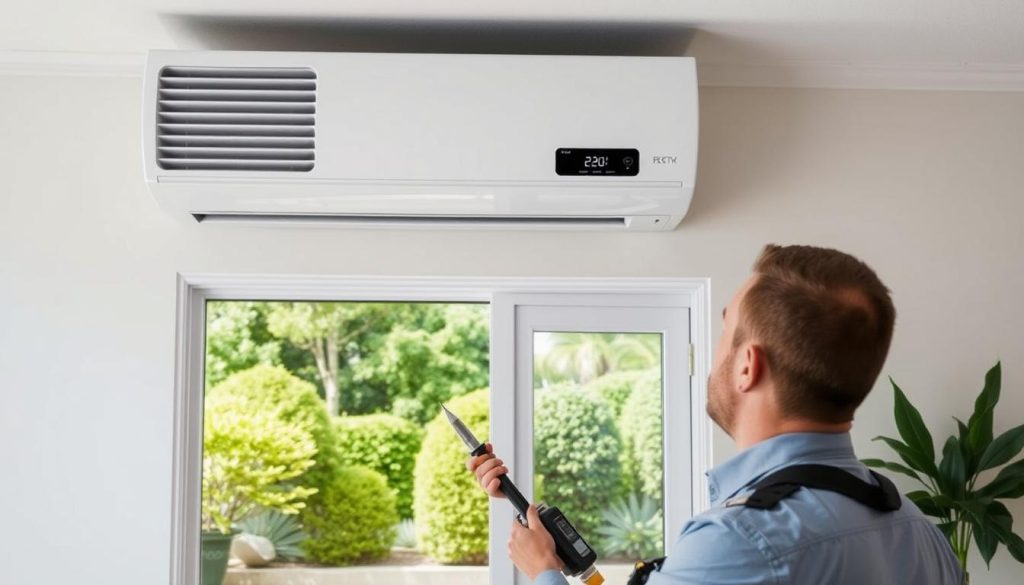
Next, gather multiple quotes from contractors. This ensures you’re getting fair pricing and allows you to compare work quality and timelines. Don’t hesitate to ask questions about their experience, licensing, and references. A reliable contractor will be happy to provide details.
Pay attention to warranty options. A good warranty can protect your investment and give you peace of mind. Compare coverage terms and understand what’s included. For instance, some warranties cover parts but not labor, so read the fine print.
Finally, align your requirements with your budget. Break down costs into categories like equipment, labor, and extras. Use tools like estimation software to track expenses and avoid surprises. Remember, a well-planned upgrade is an investment in your home’s future.
By following these steps, you’ll feel confident and empowered to make the best choices for your property. Your home deserves a system that works as hard as you do.
Contractor Perspectives and Real-World Examples
What do contractors really think about when planning your home’s heating and cooling needs? Behind every successful upgrade, there’s a story of challenges, adjustments, and lessons learned. Let’s dive into the real-world experiences that shape these projects.
One contractor shared how a historic home’s unique area design added complexity to the process. “We had to custom-fit ductwork around original beams,” he explained. “It took extra time, but the result was worth it.” Stories like these highlight how every project is different.
Another example comes from a suburban home where the heating system failed mid-winter. The contractor had to balance speed with precision, ensuring the family stayed warm without cutting corners. “It’s not just about fixing the problem,” he said. “It’s about delivering comfort and reliability.”
Here are some key takeaways from contractor experiences:
- Process adjustments are common, especially in older homes with outdated infrastructure.
- Heating challenges often require creative solutions, like zoning systems for uneven temperatures.
- The area layout can significantly impact installation timelines and costs.
- Every upgrade teaches valuable lessons, from planning to execution.
One case study involved a modern home where the initial upgrade plan underestimated the electrical requirements. The contractor had to rework the design mid-project, adding unexpected costs. “It taught us to double-check every detail,” he said. “Now, we always include a contingency plan.”
These stories show that while the process can be unpredictable, experienced contractors know how to adapt. By learning from their insights, you can approach your own project with confidence and clarity.
Balancing Cost with Superior Performance Upgrades
Finding the perfect balance between cost and performance can feel like a puzzle. You want the best solution for your home, but you also need to manage your money wisely. The good news? It’s possible to achieve both without compromising on quality.
Start by evaluating your utility needs. For example, if your goal is to reduce energy bills, look for systems with higher efficiency ratings. These might cost more upfront but can save you significant money over time. Think of it like brewing the perfect cup of coffee—you need the right blend of quality ingredients to get the best results.
Next, explore different solution paths. Some upgrades, like smart thermostats or zoning systems, can optimize both comfort and energy use. These options allow you to control the temperature in each room, ensuring you’re not wasting energy in unused spaces.
Don’t forget to look for rebates and financing options. Many programs offer incentives for energy-efficient upgrades, helping you stretch your money further. For instance, switching to an ENERGY STAR-certified system can qualify you for rebates and reduce your utility bills by up to 30%.
Here’s a quick guide to balancing cost and performance:
- Assess your utility needs and prioritize energy efficiency.
- Compare solution options, like smart thermostats or zoning systems.
- Look for rebates and financing to maximize your money.
- Focus on upgrades that enhance comfort in every room.
By taking these steps, you’ll find the right solution that fits your budget and delivers superior performance. It’s not just about saving money—it’s about creating a home that’s comfortable, efficient, and tailored to your needs.
Conclusion
Ready to take the next step toward a more efficient home? By now, you’ve learned how to evaluate your needs, compare options, and factor in long-term savings. A detailed plan ensures your upgrade aligns with your budget and goals, making the process smoother and more rewarding.
As a proactive homeowner, you can turn challenges into opportunities. Professional insights can guide you through complex decisions, ensuring your investment delivers comfort and efficiency for years to come. Thoughtful preparation transforms what might feel overwhelming into a confident, well-executed project.
Start your journey today. With the right plan and support, you’ll create a home that’s not only comfortable but also energy-smart. Take that first step—your future self will thank you.
FAQ
What factors influence the price of upgrading my heating and cooling system?
How can I ensure my new system meets my home’s requirements?
Will upgrading my system lower my utility bill?
How long does it take to install a new heating and cooling system?
Should I consider a heat pump for my home?
What should I look for in a reliable contractor?
Can I finance my system upgrade?
How do I know if my ductwork needs replacement?
What’s the difference between SEER and AFUE ratings?
How can I prepare my home for the installation process?
Source Links
- How HVAC System Retrofits Can Save You Money – One Hour Air Conditioning & Heating Dallas
- Estimate the Cost of HVAC System for New Construction | AirFixture
- Estimating Commercial HVAC Retrofit Costs | HVAC Upgrade Estimate
- Heating, Ventilation, and Air Conditioning (HVAC)
- How to Perform HVAC Estimates — and How They Differ From Other Trades | Procore
- HVAC Improvements for Existing Homes
- Major Energy Retrofit Guidelines for Commercial and Institutional Buildings: Principles
- Advanced Energy Guides
- Do We Really Know How Much It Costs to Construct High Performance Buildings?
- Increasing the Market Value of Buildings Through Energy Retrofitting: A Comparison of Actual Retrofit Costs and Perceived Values
- How to Bid HVAC Jobs with Accuracy and Agility
- Evaluating HVAC Replacement Quotes: A Comprehensive Guide – Efficiency Heating & Cooling
- How Do You Size a Commercial HVAC System? | AirFixture
- An Overview of Emerging and Sustainable Technologies for Increased Energy Efficiency and Carbon Emission Mitigation in Buildings
- AI-big data analytics for building automation and management systems: a survey, actual challenges and future perspectives
- Central Air Installation Guide
- Mastering HVAC Pricing Strategy: A Comprehensive Guide for Field Service Managers
- HVAC ROI: Cost-Benefit Analysis for Property Owners – Motili
- How Much Does a Heat Pump Cost in 2024?
- Pre-Retrofit Assessment of Existing HVAC Systems
- RMI_Retrofit_Guide_BuildingTheCase_finalcj.indd
- RetrofitNY Cost-Compression Study Phase One: Evaluation of Deliverables and Main Cost Drivers
- The Cost to Install Central Air in 2025 – NerdWallet

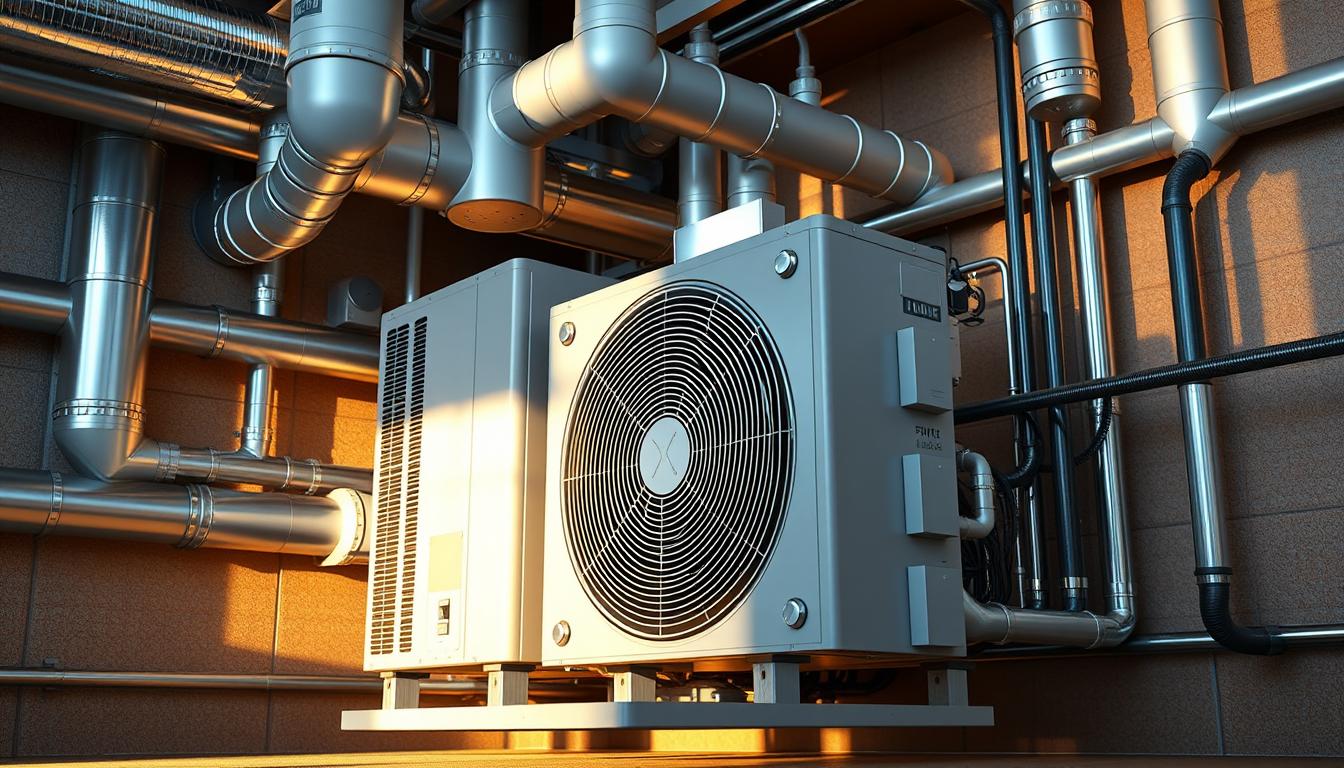
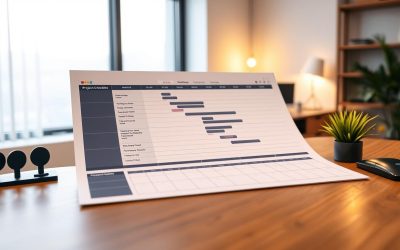
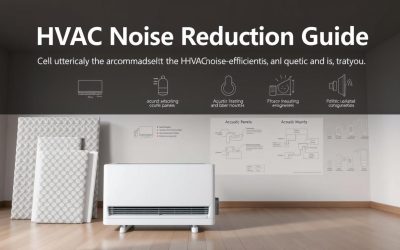
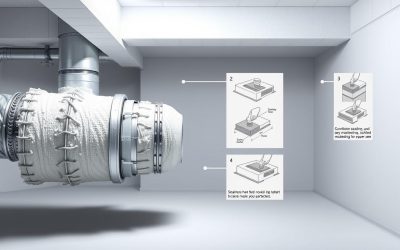
0 Comments